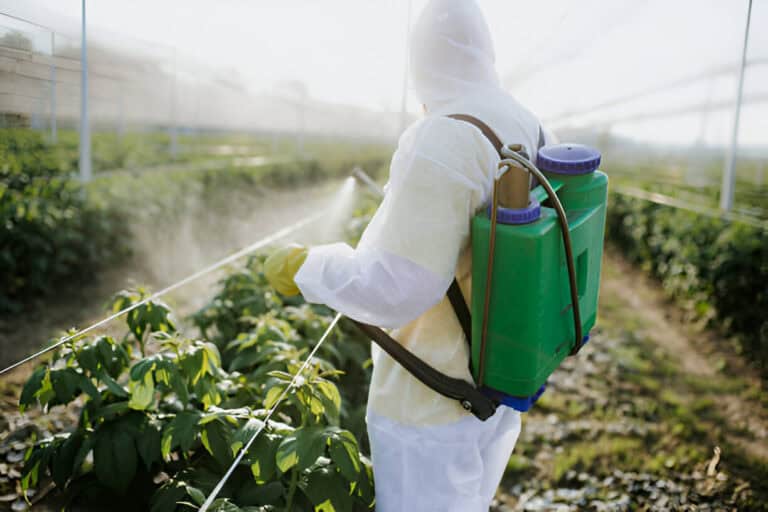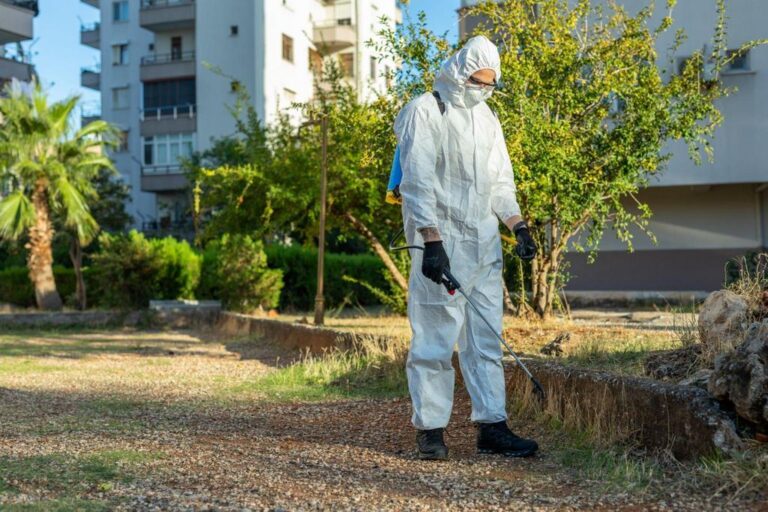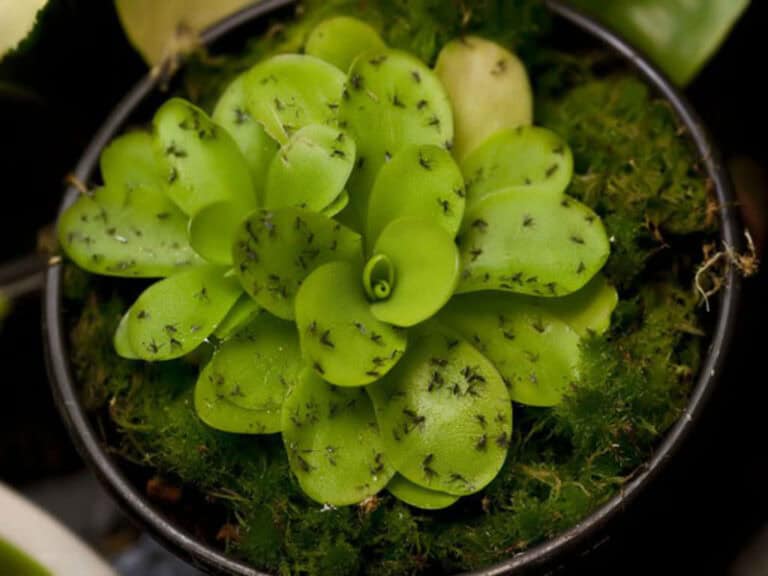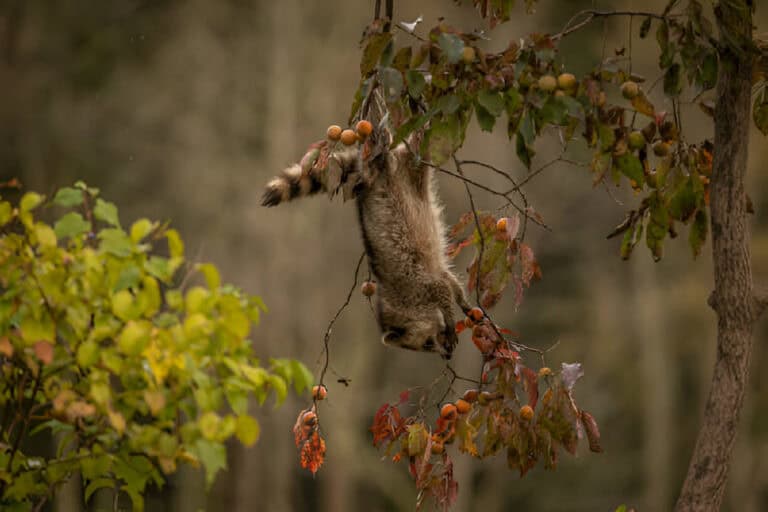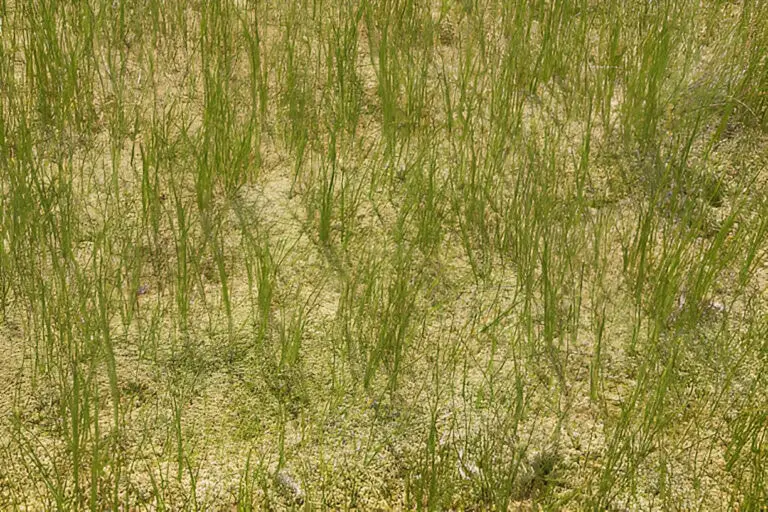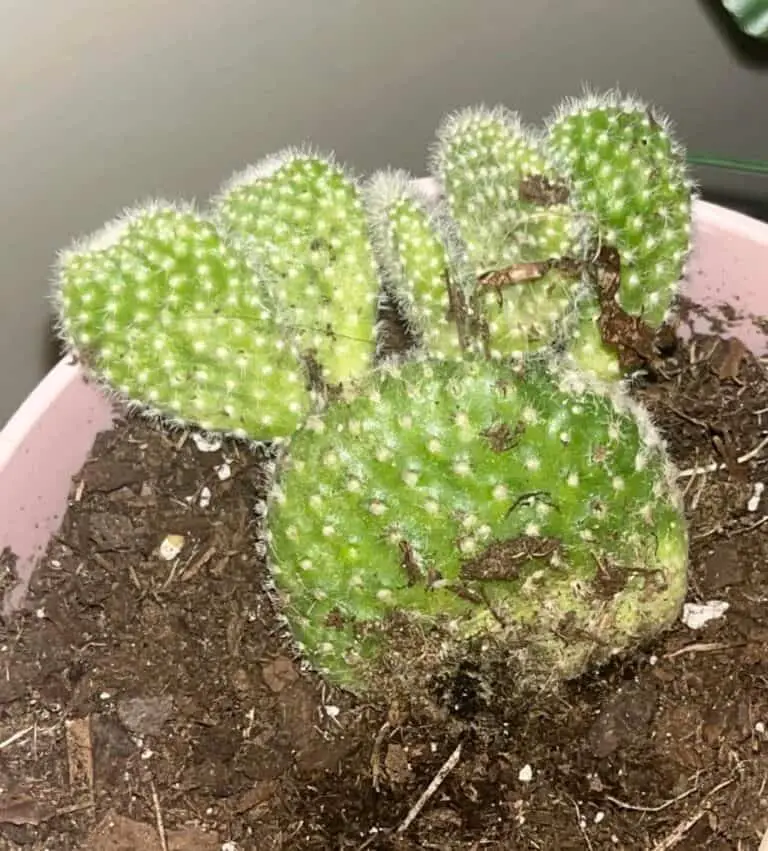Scale On Jade Plant? Eliminate Scale Insects For Good!
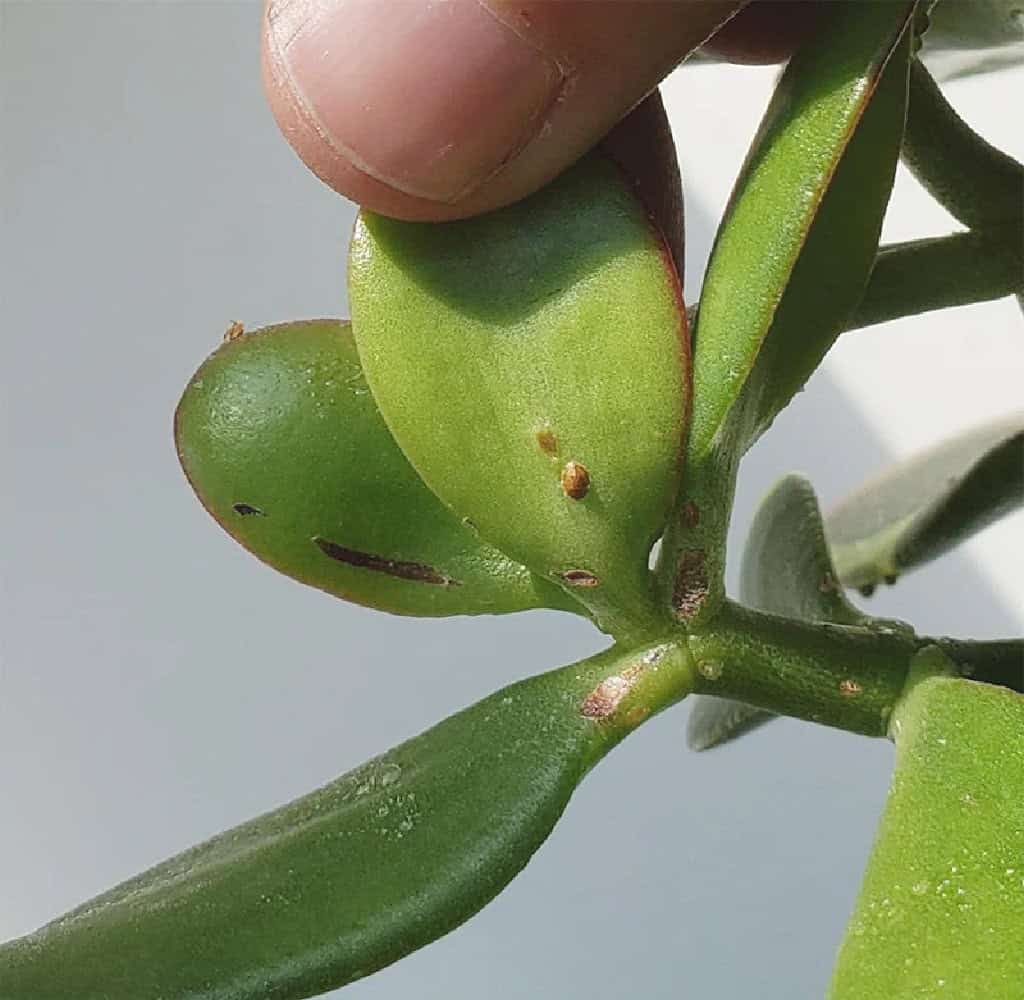
Crassula Ovata, better known as the jade plant, is a popular houseplant across the globe due to its low maintenance and ability to go long periods of time without water. The sun-loving succulent is easy to care for; however, what do you do when you notice scale on jade plant?
This article will guide you through everything you need to know about brown scale on a jade plant including what causes scale on jade plants and how to get rid of scale on jade plants!
What Is Scale on Jade Plant?
So, what are scale insects? Scale insects are very small bugs with a protective, shieldlike scale. It will often spend most of its life attached by its mouth to a crassula (or other houseplants!). The annoying thing about scale insects on a jade plant is that you won’t just find one or two. They often come in clusters and can really be quite a frustrating pest.
There are, however, treatments and remedies available to get rid of scale, and we will delve into that later!
What Does Scale on a Jade Plant Look Like?
Now that you know what scale is, you’re probably wondering what scale insects look like. Scale in plants looks like teeny tiny flat or domed shells attached to plant stems or the underside of leaves. If you have an infestation, these will be quite noticeable.
The most common scale insect will have a brown/reddish appearance, however, they can also be a greyish-white color. Small to spot, scale insects are anywhere between 1 mm and 6 mm in size. If you notice a scale infestation on your jade plant, you’ll want to get rid of the pests as soon as possible, as if left untreated, your jade plant leaves will turn black and then eventually die. They suck the sap out of your plant, and this is how they get their nutrients and lay eggs.
Symptoms of Scale on Jade Plant
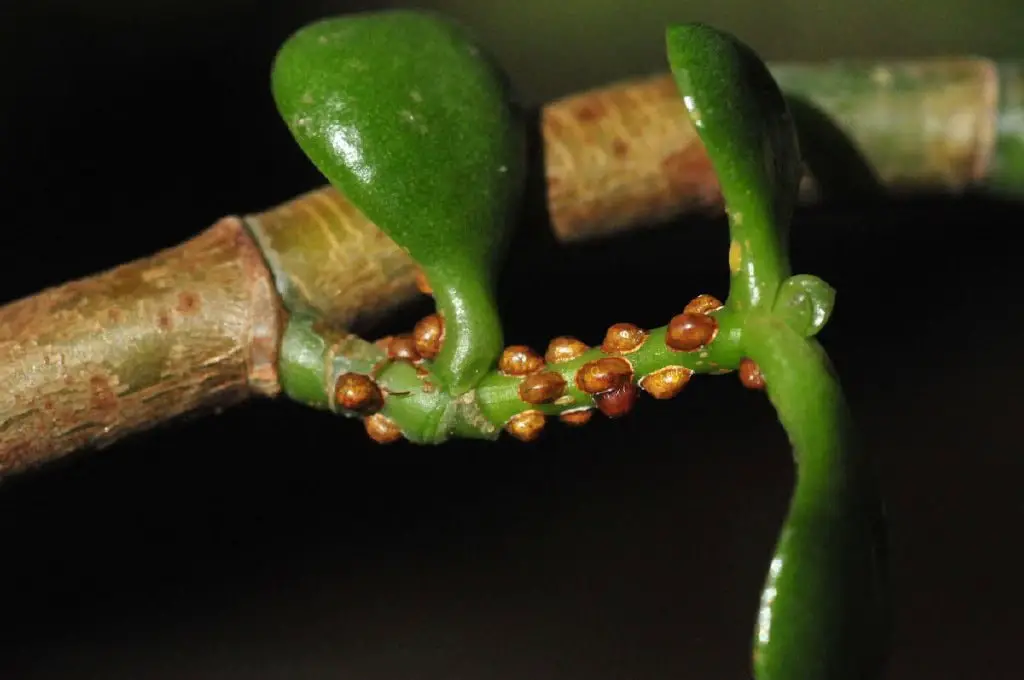
Scale can often be mistaken for other jade plant bugs such as mealybugs, spider mites, or aphids. However, there are some common symptoms you can look out for to identify a scale infestation. Look out for the following scale symptoms on your jade plant.
- Waxy, shell-like bumps on the jade plant stem or underside of the leaves
- Poor growth
- Honeydew on the upper leaf surfaces
You should also keep an eye out for a white waxy fiber, as this could be where the scale insects have deposited their eggs.
What Causes Scale on Jade Plant?
Native to South Africa. Jade plants thrive in hot climates, and you’ll need specific succulent soil for these plants to live a healthy life. You’ll often find that scale on jade plants is caused by using the wrong soil or the wrong living conditions.
Scale on jade plants caused by overwatering
The most common cause for scale insects on a jade plant is wet soil. Jade plants like fast-draining, light soil. A heavy soil will absorb too much water, and in turn, will not only cause root rot but will attract scale bugs!
The first sign of an overwatered jade plant will be the leaves turning yellow. If you think your scale insects may have been caused by overwatering or using the wrong soil, you should repot with a new fresh soil.
The best potting soil mix for a jade plant is a blend of organic matter (peat moss) and inorganic matter (granite). Your local garden center will often sell pre-mixed succulent soil, but if you’re happy to wait for delivery, I use two particular soils for my succulents:
Hoffman 10410 Organic Cactus and Succulent Soil Mix – alternatively, Hoffman is a well-recognized brand name, and I have no complaints about their organic succulent mix. The soil contains both perlite and peat, which makes it a well-draining mix. It also contains limestone, which works as a great pH balancer.
If your jade plant is a bonsai, then I would purchase the below dirt-free soil:
Succulent & Cactus Soil Mix – Premium Pre-Mixed Fast Draining Blend – this succulent mix by Superfly Bonsai works very well with a bonsai jade. This dirt-free, ready-to-use mix is composed of ¼ Hard Japanese Akadama, ¼ USA Pumice, ¼ New Zealand Pine Bark and ¼ Haydite. These ingredients make for a very fast-draining soil that your jade plant will love!
| Also read: Why Is My Jade Plant Falling Over? |
Scale on Jade Plant Due to Mildew
Mildew on a jade plant occurs when there is low light, poor circulation, or cooler temperatures. This mildew then attracts scale insects, and you’ll soon have an infestation on your hands!
To avoid mildew, you should make sure you place your jade in a south-facing window and try to avoid overwatering. As a rule of thumb, you should make sure that the soil is completely dry before you water.
Your location will depend on how often you should water a jade plant, but typically it will need watering around once a week in the summer and once every few weeks in the winter.
Treating Scale on Jade Plant
The whole reason you have landed on this article is that you’re wondering how to get rid of scale on jade plants. There are a number of ways you can do this.
If you have a light infestation, then you can simply scrape the scale away carefully with a blunt knife. This will help get rid of the pests, however, it is always best to use rubbing alcohol to make sure they don’t return.
Using Isopropyl Alcohol 70% (rubbing alcohol) is the best solution to treating scale on a jade plant. Rubbing alcohol is cheap and can be bought almost anywhere.
You should always be following the instructions on the bottle, but I would always recommend diluting the isopropyl in water to ensure you don’t get leaf burn (phytotoxicity).
Once you have diluted the rubbing alcohol in water, you’ll want to pop it into a spray bottle for the easy appliance.
Simply spray your jade plant with the mixture and make sure you’re getting into all the hard-to-reach areas and nooks and crannies! If you have caught the scale infestation early enough, one treatment should do the trick. If not, you’ll notice the scale on your jade plant return within a couple of days. If this happens, then repeat the process until they disappear forever.
The really awesome thing about rubbing alcohol is that it won’t harm your jade plant!
Another option when treating scale on a jade plant is using neem oil. This is a very popular product amongst gardeners as it is non-toxic and helps get rid of almost any pest.
I tend to use Neem Oil by Kate Blanc because it’s affordable and comes in a bottle with a pipette, which makes application a lot easier. One bottle will last you months, and this particular make can be used for your hair, skin, and nails too!
Once you have the neem oil, you should apply it directly to the scale insects. This process should be repeated once every 2-3 days until the bugs have disappeared.
If you have a severe case of scale, then you might want to prune and dispose of the infected branches.
| Check out: How Often Do Jade Plants Bloom? |
Scale on Jade Plant, the Last Word!
I hope you have found this article on scale insects helpful, and you are now well prepared for treating the infestation. As an overview, this article has discussed the following points on treating scale on jade plants:
- What are scale insects?
- What do scale insects look like?
- Symptoms of scale on a jade plant
- What causes scale on a jade plant?
- Treating scale on jade plants
I have found the above solutions work best when treating scale on jade plants, but if you have any other methods, write them in the comments! I’m always keen to learn new ways of looking after my wonderful succulent plants!

